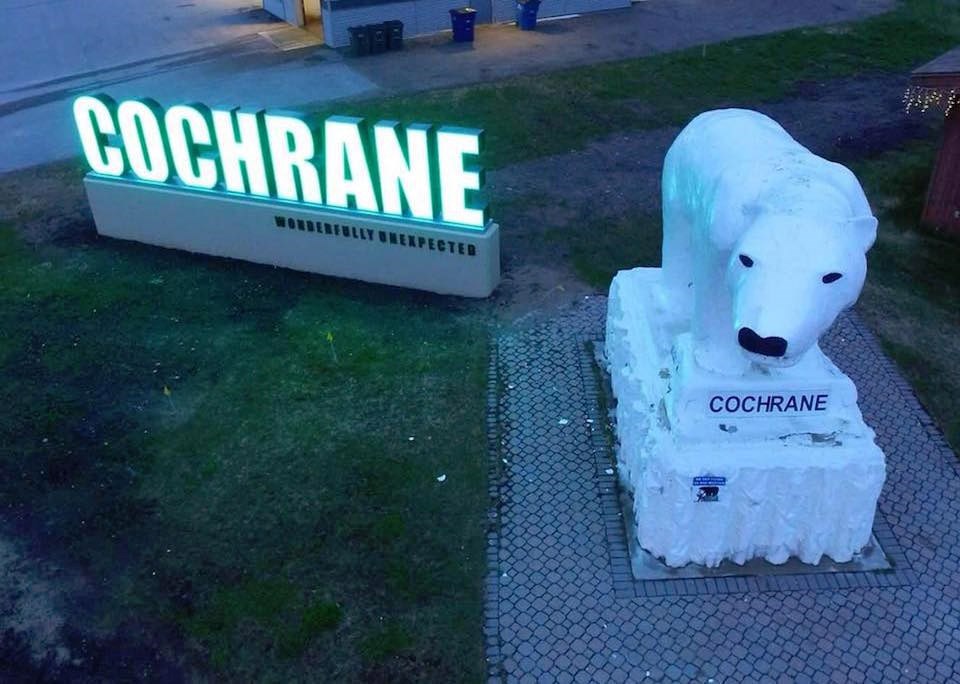Editor's Note: This story has been updated to correct the current population of the town.
COCHRANE - The population of a Northern Ontario town is set to soar over the next couple of decades, predicts an economist.
According to a Town of Cochrane growth study, its population is expected to go from about 5,400 to 9,400 by 2051.
Erik Karvinen, a senior land economist with Watson and Associates Economists Ltd., talked to Cochrane council about his report at the May 14 meeting. He said much of the growth, which will likely happen over the next 10 years, is expected to be driven by migration.
“The town is expected to see very strong growth compared to recent historical trends over the past number of decades,” he said.
Up until 2016, the town’s population base had been declining, Karvinen said. It reached a low of about 5,400 in 2016.
“We expect an average annual growth forecast for population over the next 27 years to average about 1.7 per cent per annum. And this is compared to a historical average of negative growth of 0.4 per cent between 2001 and the year 2021,” he said.
Along with the population growth, an increase of about 1,700 housing units is also expected between now and 2051.
“This includes a mix of housing, with about 60 per cent of units being low density, and this represents single and semi-detached units,” Karvinen said.
Town homes will represent 15 per cent and 25 per cent will be represented by apartments.
“This will include a range of low and mid-rise typologies as well as secondary suites. And you can see from the housing forecasts that the peak growth will occur over the next 10 to 15 years, and thereafter, the growth rate of housing will start to slow,” Karvinen said.
“While the town has sufficient designated urban lands to accommodate future residential growth, it's important that the town continue to encourage and to promote housing development to meet its growth potential and to realize the broader growth potential that we've identified here.”
Currently, the employment base is about 3,600 jobs. Employment has seen quite an increase over the last 10 years, largely driven by the Detour Lake mine along with spin-off employment within the community, Karvinen said. Detour Lake's mine life is expected to last until 2052.
“We expect that employment growth to accelerate over the forecast period adding about 2,300 jobs over the next 27 years, about 85 jobs annually over that time period,” he said.
“We expect that the Detour Mine will continue to see employment growth as it expands its production, with 26 per cent of employment being in the primary sector. This totals about 600 jobs. So this would largely be associated with mining, but as well as some opportunities in the forestry sector as well.”
About 22 per cent of employment growth, or about 500 jobs, will be in the commercial sector.
“This will be represented by largely retail, food, and accommodation. Much of this will be population serving for new residents in the community, but as well as for the expanding tourism sector,” Karvinen said.
About 18 per cent of employment, or 400 jobs, will be industrial in nature such as manufacturing, warehousing and transportation.
“We also have the institutional sector growing, representing about 17 per cent of the share or 400 jobs, and this is going to be related to education, health, and social services, and other government related employment,” Karvinen said.
“In order to attract new labour, Cochrane needs to continue to enhance and present its community with a quality of life with attributes and amenities that it offers, both with respect to infrastructure, municipal services, and other supporting amenities.”



